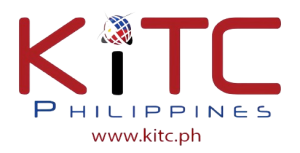Prince 2® Foundation 7th Edition
Course Code: P2F
PRINCE2® was first launched in 1996 and has had six editions, with the last update in 2017. PRINCE2® 7th Edition seeks to respond to a number of changes that have taken place in our world and in the discipline of project management since then. The digital revolution, the speed of change, the rise of Agile ways of working, and the increased volatility and uncertainty of all aspects of life mean that project management must evolve to meet these demands. When updating guidance, there can be a tendency to simply add new material to the existing content, resulting in more rather than better guidance. Instead, the decision was taken to go back to basics and challenge every aspect of PRINCE2® to ensure that its inclusion was required and contributed to the guidance being fit for purpose now and for some years to come.










